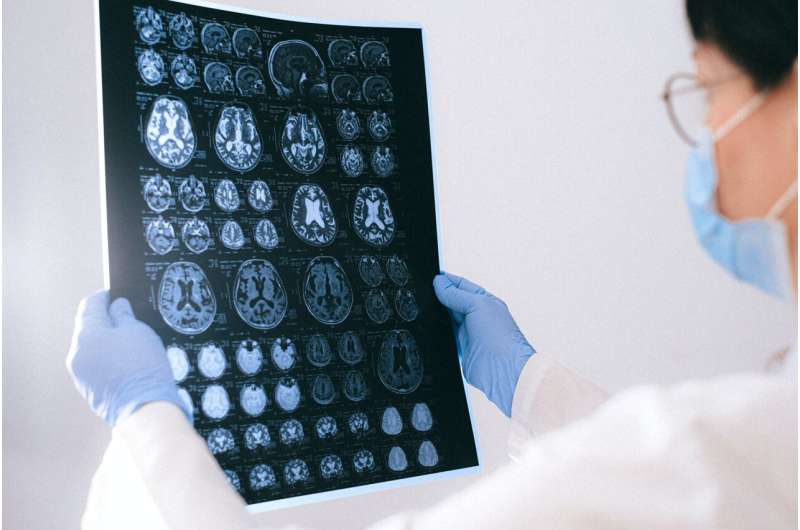Innovative Opioid Testing Methods Promise Enhanced Treatment Strategies

Researchers from Brown University have developed advanced automated testing methods for detecting opioids in small blood samples and dried blood spots, promising significant improvements in opioid diagnosis and treatment, especially for newborns and individuals with opioid use disorder.
As the opioid crisis continues to challenge healthcare systems across the United States, recent advancements in diagnostic technologies offer hope for more effective treatment and better management of opioid-related conditions. Researchers from Brown University have developed cutting-edge, automated laboratory techniques that enable highly sensitive detection of opioid compounds in small blood samples and dried blood spots, revolutionizing opioid testing.
In one study published in Scientific Reports, scientists introduced a rapid detection method capable of identifying six different opioids from just a tiny serum sample, such as a finger prick. This breakthrough allows for quicker and less invasive testing, which is crucial for timely intervention. The second study, featured in SLAS Technology, describes a novel technique for analyzing dried blood spots collected from newborns. This approach provides a quantitative assessment of opioid exposure in neonates, addressing a significant gap in neonatal health diagnostics.
Led by Postdoctoral Research Associate Ramisa Fariha, the research combines principles of molecular biology, cell biology, and biochemistry, with the collaboration of public health experts. Fariha emphasizes that the goal was not just to develop another laboratory tool but to create accessible, scalable diagnostics that meet patients where they are—whether in neonatal units or remote clinics around the world.
These advancements are particularly impactful for adults with opioid use disorder, where traditional testing methods can be invasive or unreliable. The new techniques enable precise identification of opioid use from microsamples, facilitating better-informed clinical decisions and ongoing treatment strategies. The integration of these methods into clinical trials has also provided deeper insights into opioid use patterns, helping to evaluate new therapeutic approaches such as the use of oxytocin.
In addition to adult testing, these methods show great potential in diagnosing neonatal abstinence syndrome (NAS), a condition resulting when infants are exposed to opioids in utero. By utilizing dried blood spots, clinicians could soon have a powerful tool for more accurate, early diagnosis in newborns, thus improving care outcomes. Moreover, the automated nature of these tests ensures they can be implemented widely and efficiently, even in resource-limited settings.
Fariha envisions these innovations as steps toward more equitable and patient-centered healthcare, especially in maternal and infant health domains. Her work underscores the importance of designing diagnostic tools that are adaptable, affordable, and capable of reaching underserved populations.
Overall, these studies exemplify how translational engineering can directly impact public health by providing better, faster, and more accessible diagnostic options for opioid exposure and addiction management.
Source: https://medicalxpress.com/news/2025-06-opioid-techniques-therapies.html
Stay Updated with Mia's Feed
Get the latest health & wellness insights delivered straight to your inbox.
Related Articles
Deciding on a Tracheostomy for Your Sick Baby: Navigating the Emotional and Practical Challenges
Choosing a tracheostomy for a sick infant is a life-saving but emotionally taxing decision. This article explores the emotional, practical, and support strategies for families facing this challenging choice.
Innovative Dental Floss Method Enables Needle-Free Vaccine Delivery
Scientists have developed a novel needle-free vaccine method using dental floss infused with vaccine components, promising a simpler and more accessible immunization approach. This innovative technique leverages the permeability of gum tissue and has shown successful immune responses in mice, with potential for human application.
Understanding Measles: Transmission, Risks, and Prevention Strategies
Learn about how measles spreads, its risks, symptoms, and the crucial role of vaccination in preventing outbreaks and protecting public health.
Massachusetts Hospital Under Scrutiny Over Brain Tumor Cluster Among Nurses
Concerns rise as a cluster of benign brain tumors among nurses at Newton-Wellesley Hospital prompts ongoing investigations and questions about workplace safety. Experts and unions are calling for more comprehensive testing to ensure hospital environmental safety.



